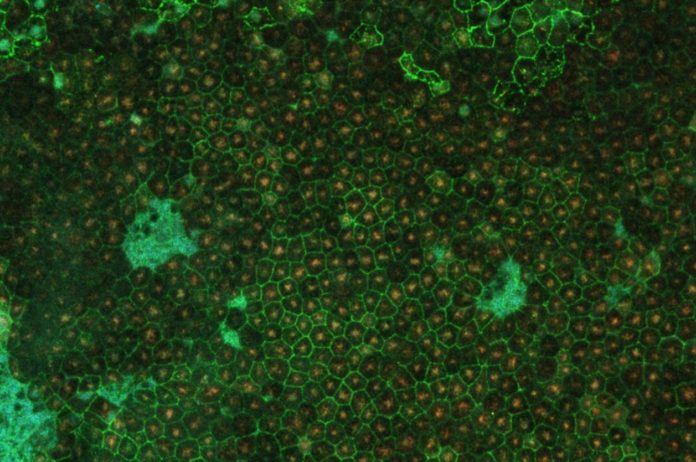The finding of new genetic signatures for the incurable age-related eye disease age-related macular degeneration – AMD, has brought us one step closer to better diagnosis and therapy.
Researchers from the University of Melbourne, the Menzies Institute for Medical Research at the University of Tasmania, the Centre for Eye Research Australia, and the Garvan Institute of Medical Research reprogrammed stem cells to produce models of diseased eye cells. They then analyzed DNA, RNA, and proteins to find the genetic hints.
In their research, they looked at how genetic variations affect the cells responsible for age-related macular degeneration.
“At the smallest scale,” says joint lead author Professor Joseph Powell, “we’ve narrowed down specific types of cells to pinpoint the genetic markers of this disease.”
“This is the basis of precision medicine,” the lead author adds, “where we can then look at what therapeutics might be most effective for a person’s genetic profile of disease.”
The progressive degradation of the macular – an area in the center of the retina and towards the back of the eye – leading to probable impairment or loss of central vision is known as age-related macular degeneration or AMD.
AMD is the main cause of vision loss and blindness in Americans aged 65 and older. According to CDC, the number of elderly Americans is expected to nearly double by 2050, from 48 million to 88 million.
Although the underlying causes of the decline are yet unknown, environmental and genetic variables play a part. Age, family history, and smoking are risk factors.
The findings were published in the journal Nature Communications today.
The researchers took samples of skin from 79 people with and without geographic atrophy, which is the late stage of AMD. Their skin cells were reprogrammed to become induced pluripotent stem cells, which were subsequently guided with molecular signals to become retinal pigment epithelium cells, the cells damaged by AMD.
The back of the retina is lined with cells called retinal pigment epithelium. These cells are important to the health and function of the retina. The loss of vision in AMD is brought on by the degeneration of photoreceptors, which are light-sensing neurons in the retina that relay visual information to the brain.
Analysis of 127,600 cells showed 439 molecular markers linked to AMD, including 43 potential novel gene variations. The discovered key pathways were then evaluated within the cells, revealing changes in the energy-producing mitochondria between healthy and AMD cells, making mitochondrial proteins viable targets to prevent or alter the course of AMD.
In addition, the molecular signatures can now be applied to the screening of medicines utilizing patient-specific cells in a dish.
“Ultimately,” adds co-lead of the study Professor Alice Pébay, “we are interested in matching the genetic profile of a patient to the best drug for that patient. We need to test how they work in cells relevant to the disease.”
In order to better understand the underlying genetic causes of complex human diseases, Professor Powell and co-lead authors Professor Pébay, Professor Alex Hewitt, and the Menzies Institute for Medical Research in Tasmania and the Centre for Eye Research Australia have been working together for many years.
In order to do screening for upcoming clinical trials, Professor Hewitt adds, “We have been building a program of research where we’re interested in stem cell studies to model disease at very large scale.”
In a different recent study, the scientists used stem cell models of the retina and optic nerve to identify the genetic markers of glaucoma, a blinding degenerative eye condition.
The genetic origins of Parkinson’s and cardiovascular disorders are other areas where researchers are focusing their attention.
Image Credit: Getty
You were reading: Genetic Research Finds New Clues for Better Age-Related Eye Disease Treatment
